Communicating Gender in Context.
The contributions to the book “Communicating Gender in Context” deal not only with grammatical gender, but also with discursive procedures for constructing gender as a relevant social category in text and context. Attention is directed to European cultures which till now have come up short in linguistic and discourse analytic gender studies, e.g., Austria, Spain, Turkey, Germany, Poland and Sweden. But also English speech communities and questions of English grammatical gender are dealt with.In accordance with recent sociolinguistic research the contributors refrain from generalizing theses about how men and women normally speak; no conversational style feature adheres so firmly to one sex as was thought in early feminism. The studies, however, show that even today the feminine gender is often staged in a way that leads to situative asymmetry to the advantage of men. The broader societal context of patriarchy does not determine all communicative encounters, but demands particular efforts from women and men to be subverted.
{{comment.content}}
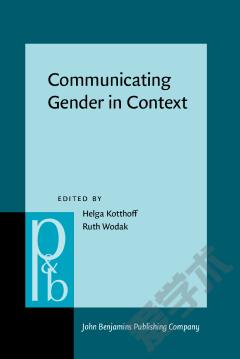

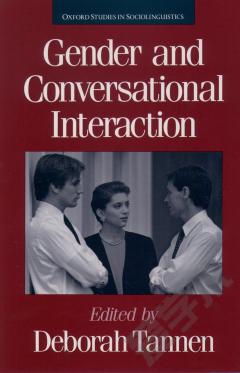

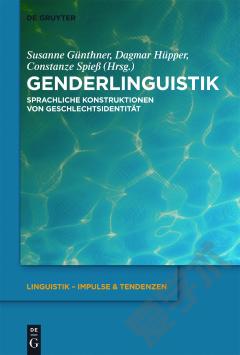
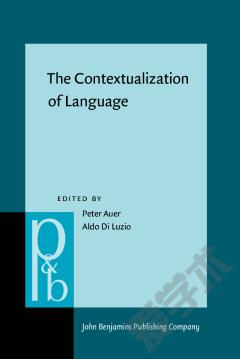
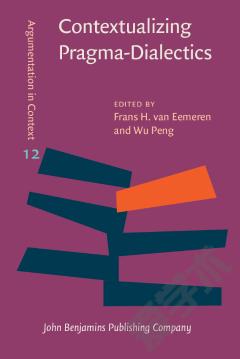

 京公网安备 11010802027623号
京公网安备 11010802027623号